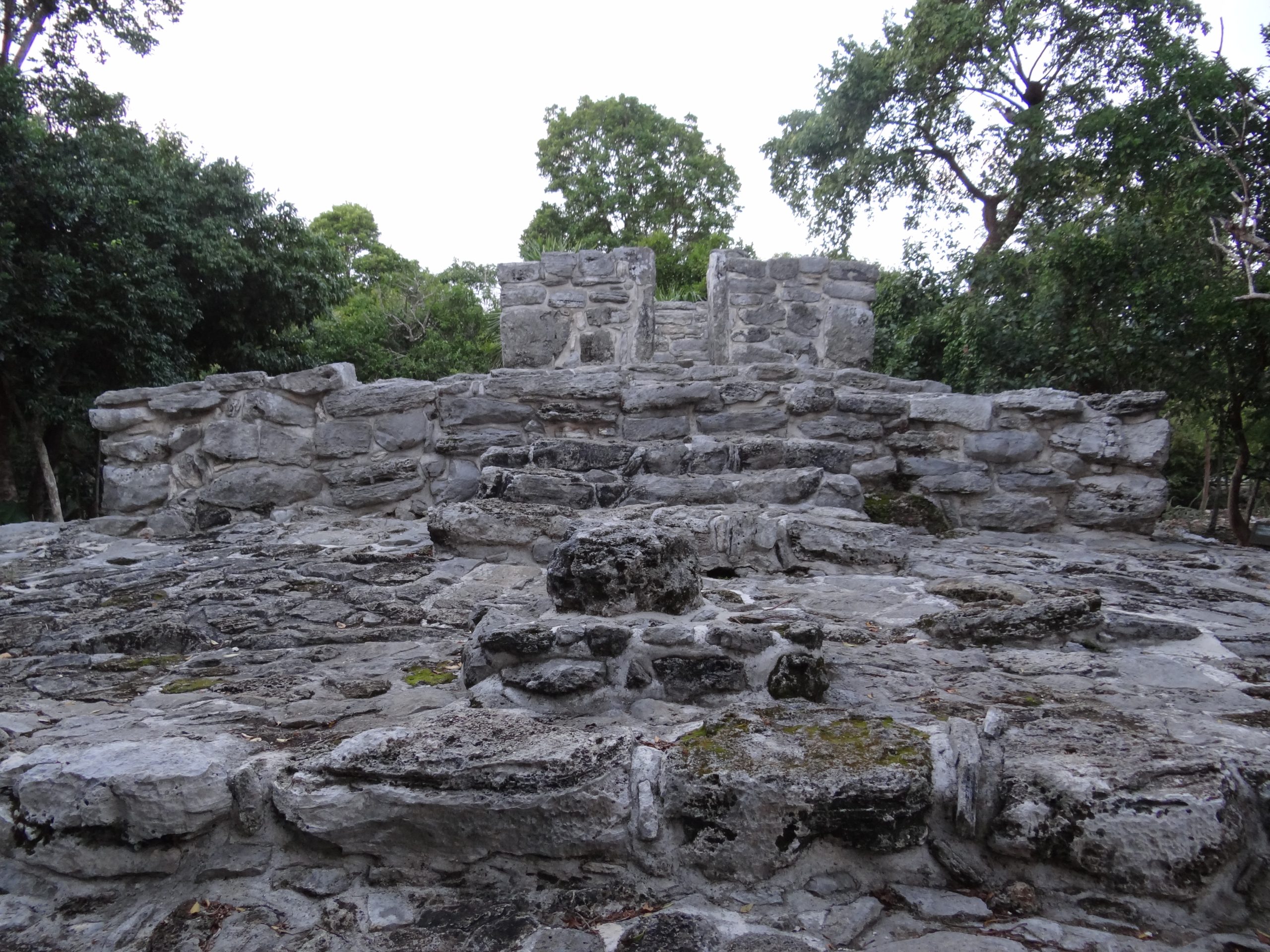Xaman Ha: A Glimpse into the Post-Classic Maya Civilization
Xaman Ha, translating to “Northern Water” in Yucatek Maya, stands as a testament to the architectural and cultural prowess of the Maya civilization during the Post-Classic period (1150-1526 AD). This archaeological zone, situated within the Playacar sub-division of Playa del Carmen, offers a unique insight into the coastal settlements that played pivotal roles in commerce, pilgrimage, and the socio-political landscape of the Maya.
Get your dose of History via Email
Historical Context and Exploration
The earliest evidence of occupation at Xaman Ha is traced back to ceramic shards from the Late Preclassic period (350 BCE-250 AD), indicating a long history of human activity prior to the construction of the visible structures from the Post-Classic period. The absence of stelae or inscriptions leaves much about its rulers or political affiliations to speculation. However, its strategic location suggests it was a vital commercial port, likely under the influence of the significant inland site of Coba. Its proximity to other coastal sites, such as Xcaret, further underscores its importance in regional trade networks.
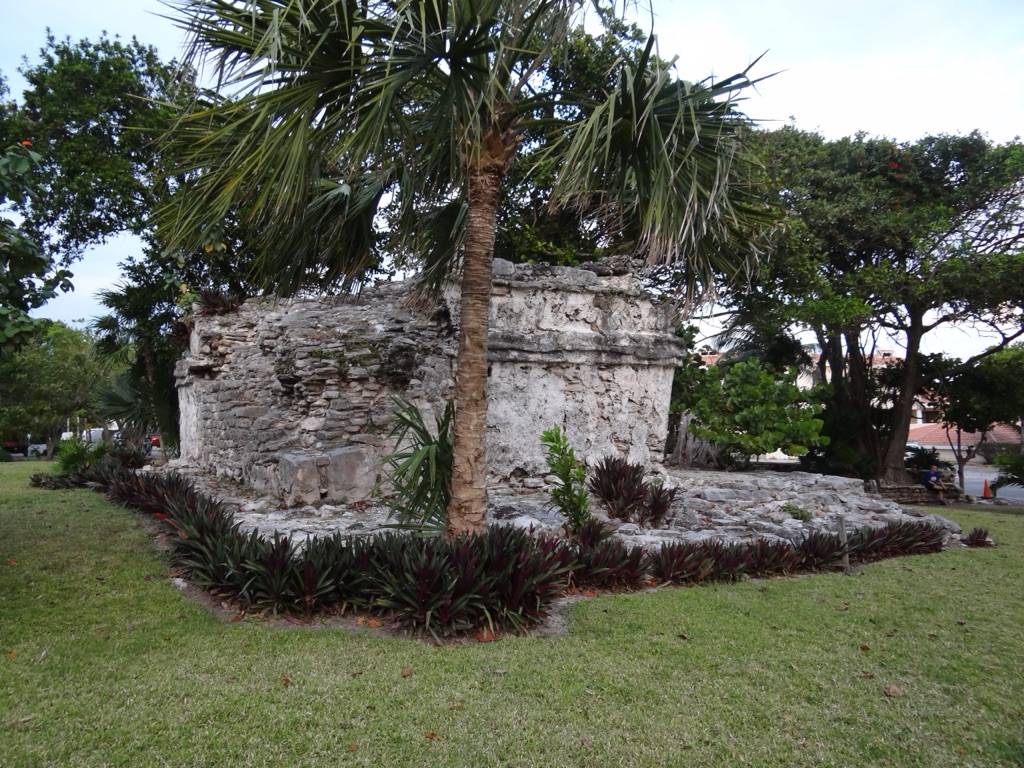
Xaman Ha’s significance extended beyond commerce; it was a crucial embarkation point for pilgrims heading to the fertility shrine of Ix Chel on Cozumel Island. This religious function likely bestowed upon Xaman Ha a notable status among the coastal Maya settlements.
The site’s exploration history began in the early 20th century with reports by Sylvanus Morley and Thomas Gann in 1918. Subsequent investigations by various researchers have contributed to our understanding of Xaman Ha, with INAH (National Institute of Anthropology and History) playing a key role in its preservation and study.
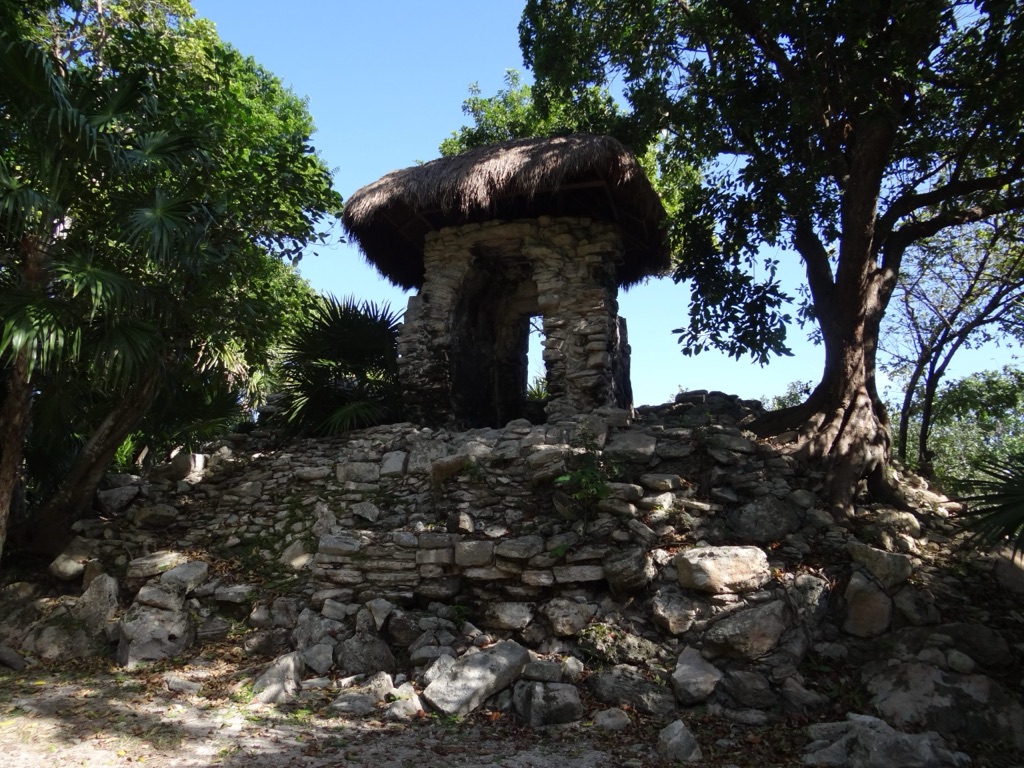
Architectural Highlights
The architectural remnants at Xaman Ha, characterized by the East Coast Style, are spread across approximately 1.8 miles/2.9 km along the coastline. The site comprises 18 structures identified by INAH, arranged mainly around plazas within five main groups. These structures, though now interspersed with modern developments, offer a window into the spatial organization and architectural practices of the Post-Classic Maya.
One of the notable structures, C-1, features a glyphic inscription on its lintel, providing a rare glimpse into the site’s chronological context. The inscription, based on the Short Count dating system, suggests possible dates correlating to significant periods in the Late Post-Classic era. This lintel, along with the architectural styles observed, contributes to our understanding of Xaman Ha’s development and its role within the broader Maya civilization.
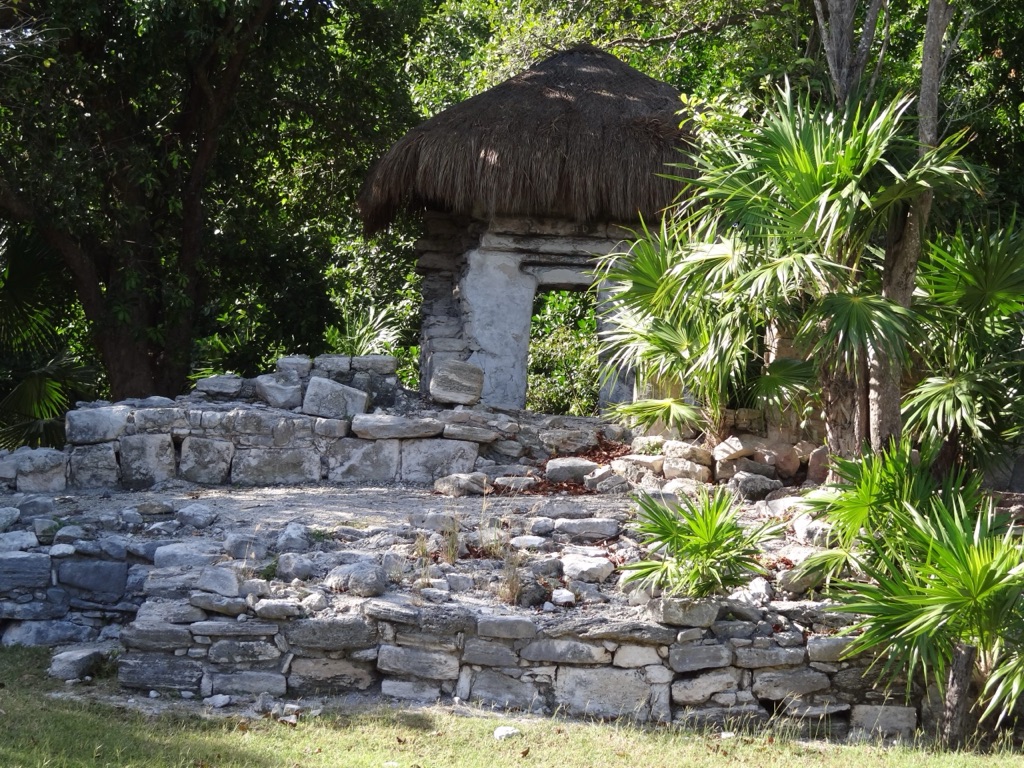
Preservation and Accessibility
Today, Xaman Ha is nestled within an upscale community, with restricted access to preserve its integrity. Despite this, the site remains accessible to the public, offering a unique blend of historical exploration amidst modern luxury. Visitors are encouraged to respect the site’s historical significance while enjoying the natural beauty and cultural richness of Playa del Carmen.
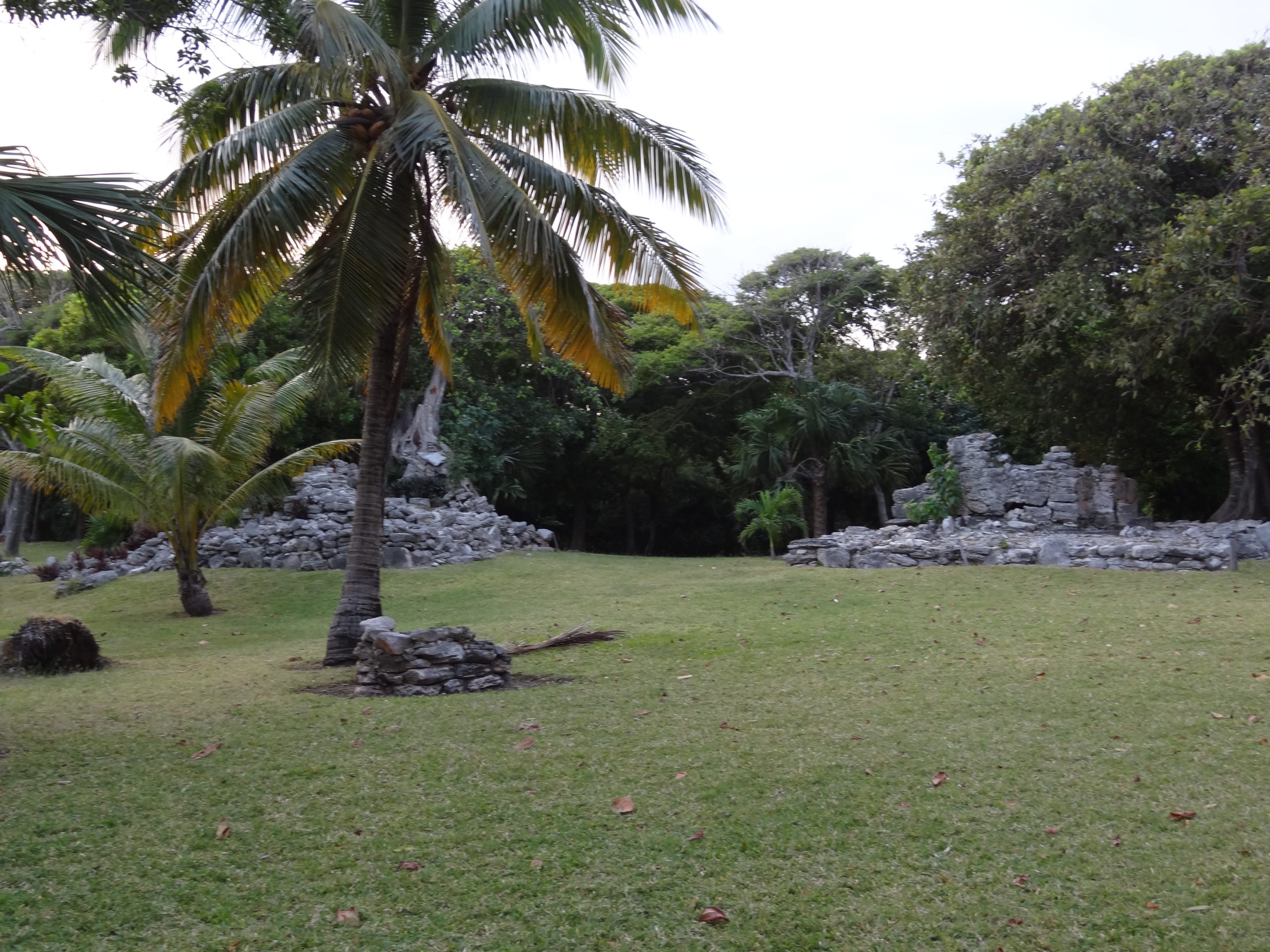
Conclusion
Xaman Ha serves as a crucial link in understanding the coastal network of the Post-Classic Maya civilization. Its role in commerce, pilgrimage, and possibly as a political outpost offers valuable insights into the complex societal structures of the Maya. As research continues, Xaman Ha will undoubtedly contribute further to our comprehension of this fascinating period in Mesoamerican history.

